Once more ‘the game is afoot’, said game being all “costumed crusader” films that offer viewers more than just “thrill rides” in my “list of the best costumed-crusader films according to the criteria I set after Martin Scorsese asserted that he viewed MCU movies as nothing but thrill rides. I began looking for superhero films that had more than simply kinetic thrills to offer, though all the films for inclusion in this “list of the best costumed-crusader films…”
So let’s resume the list at numbers 61-70.
Mystery Men Official Trailer #1 - (1999) HD
MYSTERY MEN (1999)
My recollection of the “Mystery Men”– a spinoff from Bob Burden’s popular independent comic “The Flaming Carrot”– is that the series consisted of a one-joke premise: superheroes with goofy abilities no one would want. The 1999 movie– whose script was allegedly co-authored by former Dark Horse publisher Mike Richardson– added a comedic level of characterization to the mix. I saw at least two of the characters, The Shoveler (William H. Macy) and The Spleen (Paul Reubens) in the Burden comics. I think the other four– Mister Furious (Ben Stiller), The Bowler (Janeane Garofalo), Invisible Boy (Kel Mitchell), and the Blue Raja (Hank Azaria) — may have been original to the movie, but even if they had some original templates in the comics, the 1999 script would have upgraded their characters as well.
One interesting approach is that while all six main heroes have personalities as erratic as their powers, the screenwriters don’t resolve the crusaders’ psychological problems. Why does The Blue Raja, a guy who dresses in a suit and turban like Sargon the Sorcerer, confine his attacks to flinging forks at enemies, but never knives? Why does The Bowler’s weapon– a bowling ball that can be hurled with devastating effect– contain the preserved skull of her late father, the first Bowler, with whom she occasionally has conversations? The viewer never finds out, because the narrative isn’t attempting to have these well-meaning wack-jobs improve themselves. Despite their attempts to fight crime, they get no respect in Champion City, where all the citizens look up to the hyper-powered Captain Amazing (Greg Kinnear). But the good captain foolishly unleashes upon the city the menace of villainous Casanova Frankenstein (Geoffrey Rush), and only the “inferior six” can stop him– though always in the most maladroit manner. Kinka Usher, mostly known for working on videos before he directed this movie, was one of the few to emulate the baroque approach of Tim Burton’s BATMAN films. But MYSTERY MEN tanked at the box office and Usher never directed another feature film. Of actors not yet surveyed for costumed credits, Azaria scores the highest, having voiced Venom for the 1994 SPIDER-MAN cartoon, while Mitchell popped into an episode of THUNDERMANS and support-performer Eddie Izzard played a Luthor-like character in MY SUPER EX-GIRLFRIEND.
The New Original Wonder Woman 1975 (Tele-film opening excerpt)
THE NEW ORIGINAL WONDER WOMAN (1975)
After ABC’s first pilot for a WONDER WOMAN series crashed and burned in 1974, the producers took a second swing, all the way back to the 1940s. They poured Lynda Carter into the character’s original star-spangled costume and made her a crusader in the super-patriotic era that birthed her, and they hired BATMAN ’66 alumnus Stanley Ralph Ross to write the second pilot film. Oddly, Ross never wrote episodes of the series proper, though he was always listed as a “developer.” I’m sure the producers didn’t want to adapt the more problematic aspects of the William Moulton Marston series, and Ross probably could not have pulled that off had he tried. But he did a creditable job of adapting the basic setup of Wonder Woman’s original origin. All the main elements are present– Paradise Isle, immortal Amazons who have lived since the times of ancient Greece, and the accidental advent of Noble Steve Trevor, followed closely by Princess Diana falling head over high heels for the handsome military man. I could have lived without Ross’s oddball implication that the whole Amazon society chose exile because Diana’s mom Queen Hippolyta had a bad love experience. Yet Hippolyta realizes that the Amazons must send one of their super-powered champions to “man’s world” to battle the Axis, and lovestruck Diana makes certain that it’s her.
Not too much else from Marston’s comic found its way into ORIGINAL or the subsequent series, and Ross’s humor here was more often corny than campy. But for all the shortcomings of the series, it still communicated, at least marginally, the theme of female empowerment. Lynda Carter deserves the lion’s share of credit here. It certainly didn’t hurt that she was tall and beautiful, but what ultimately sold the show was Carter’s utter conviction in the role of a starry-eyed innocent who could also kick a lot of butt. For the remainder of her career, Lovely Lynda would continue riffing from time to time on her most famous role, ranging from decent fare like the superhero comedy SKY HIGH to utter garbage like SUPERGIRL, one of the CW’s most pestilential woke-fests. Of the ORIGINAL support-cast, Inga Neilsen had already appeared in ’66 BATMAN as one of Nora Clavicle’s “lipstick lesbian” henchwomen (my interpretation), while Henry Gibson later graduated to playing one of the Amazon’s low-rent villains, as well as voicing characters on STRIPPERELLA and THE BATMAN.
The Golden Bat (1966) Trailer.
OHGON BAT (1966)
This one might have made my list just for historical reasons, since some people deem that this hero– “Golden Bat” as his name translates to in English– ought to be deemed “the first superhero of the 20th century.” I disagree, in part because we only have verbal descriptions of the character’s nature when he first debuted in the Japanese medium known as “paper theater.” Indeed, Ogon Bat premiered in 1930 as a heroic antagonist in a narrative originally focused upon a villainous master thief, “Black Bat.” Since productions of paper theater also weren’t copyrighted, we can’t be sure whether or not the Bat of Gold was very different from the many costumed mystery-men who appeared throughout the previous decades, not least 1919’s Zorro. Even the claim that the Bat was the first hero with super-powers is therefore problematic.
Since a lot of raconteurs, including Osamu Tezuka, played around with the golden crusader, it’s hard for an outsider to Japanese culture to be sure what each creator did with Ogon Bat. But the 1966 film gives the hero a bang-up origin. The Earth faces invasion by the alien forces of Lord Nazo, a four-eyed ET with one regular-sized arm and one oversized claw-arm. The united defenders of Earth (including that peerless scientist Sonny Chiba) can repel the invaders with a super laser, but only if they locate a rare mineral power-source. A scientific expedition– which for some reason includes Emily, someone’s little girl– investigates a remote island with architecture suggesting ancient Atlantis. The explorers find, not just the mineral, but a sarcophagus containing the mummified body of a skull-faced, cape-wearing man, Ogon Bat. Lord Nazo, as if psychically aware of the threat, pilots his ship– which looks like a giant rotary drill with eyes– to the island and sics his humanoid henchmen on the explorers. Little Emily revives Ogon Bat, and he beats up all the henchmen with cane-fu (hitting enemies with his knob-headed cane). After this strong opening, which pits futuristic aliens against a champion from the ancient past, the rest of the film is ordinary thrills and spills. But Ogon Bat still deserves props for being the daddy to all Japanese costumed crusaders. Sonny Chiba may have various Japanese credits in that category that I don’t recognize, but at the very least he played the oddly named costumed hero Ironsharp in 1961’s INVASION OF THE NEPTUNE MEN.
Power Rangers Official Trailer #1 (2017) Bryan Cranston, Elizabeth Banks Action Fantasy Movie HD
POWER RANGERS (2017)
I was too old to be enthralled with any of the “Power Rangers” TV shows, all of which combined footage from Japanese superhero programs with English-language scenes played by multiracial American actors. But I appreciated the success of the long-running franchise, and the inventive daffiness of the Rangers’ assorted enemies, who could look like giant walking toads or chickens or water faucets. The biggest turn0ff in the American shows was that when the alien goodguy Zordon and his comic-relief robot Alpha selected Earth-teens to be the new incarnations of the Power Rangers, all of the kids were bland “clean teens” who acted as if they’d never had an adolescent mood-swing in their lives.
Since two previous attempts to mine the RANGERS franchise for the big screen hadn’t been all that impressive, it was logical enough for the 2017 reboot to design their teens more along the lines of THE BREAKFAST CLUB: as young adults who were essentially good-hearted but had all sorts of personal issues. I won’t go into those issues here but suffice to say that the reboot versions of Zack, Jason, Kimberly, Trini and Billy are better realized than those of the original TV shows, to say nothing of some profitable movie-franchises like the live-action TRANSFORMERS series. The youths don’t selflessly spring into action when the new Zordon (Bryan Cranston) and Alpha (Jon Hader) adjure them to mount a defense against the world-slaying Rita Repulsa (Elizabeth Banks). Inevitably the teens are convinced of the reality of the threat to their world, but once they join the crusade, they have a few surprises coming, like the fact that this version of Zordon has a self-serving agenda.
All five of the young actors distinguish themselves, but particularly impressive is R.J. Cyler, with his version of Billy as a high-functioning autistic who’s at once amusing and sympathetic. And though Rita Repulsa ought to be nothing but a stock bad guy, Elizabeth Banks infuses the character with a lively sadism. The biggest downside of the movie was the lack of outstanding hand-to-hand battles of the Rangers with the disposable henchmen called “Putties,” but that’s probably not the reason the film underperformed. Director Dean Israelite thought that the PG-13 rating might have kept a lot of young kids from buying tickets, but without the sassy humor, you wouldn’t have had a reboot potentially capable of reaching older audiences. I must admit that I didn’t see the movie in a theater either, so the idea of a more adult POWER RANGERS film didn’t resonate with me either. Bryan Cranston scores the greatest number of crusader-credits, voicing Rocket in the GUARDIANS movies, Titanium Rex in SUPERMANSION, and Jim Gordon in BATMAN: YEAR ONE.
Punisher: War Zone (2008) - Official Trailer [HD]
PUNISHER: WAR ZONE (2008)
I may be one of the few enthusiasts who enjoyed the 1989 Dolph Lundgren PUNISHER, but that one doesn’t belong on this list– no costume. ZONE’s Punisher does wear some kevlar that obscures his familiar skull-shirt, but at least this production, headed by director Lexi Alexander, gave audiences the best-looking version of Marvel’s mayhem-loving vigilante.
In contrast to the Thomas Jane movie, which placed too much emphasis on the hero luring his gangster-victims to their deaths, this Punisher (Ray Stevenson) is forced to take some responsibility for his actions. The film opens with the Punisher invading a Mafioso den and slaughtering almost everyone there. One gangster (Dominic West) escapes but Punisher consigns him to a glass-crushing machine– a scene which I confess proved a major grossout. Said gangster becomes a worse menace when he survives and takes on the name Jigsaw, launching a campaign to punish the Punisher. More importantly, Punisher learns that one of the men he slew was an undercover cop. Since this version of the hero is less monomaniacally obsessed than many other renditions, he offers his life to the cop’s widow if she chooses to take it. But since that would end the movie too quickly, Punisher ends up defending the widow and her young daughter from Jigsaw’s forces. And in contrast to the innocent undercover guy, everyone Punisher exterminates from then on totally deserves his fate. Stevenson later reprised the voice of the Punisher for the SUPER HERO SQUAD show and also, in an inspired bit of reverse-casting, essayed the voluminous Volstagg for the first three THOR movies. Support-performer T.J. Storm had a continuing role on the “Power Rangers” clone VR TROOPERS, while Wayne Knight contributed voice-work to HARLEY QUINN, JUSTICE LEAGUE UNLIMITED, and (once again) SUPER HERO SQUAD.

REVOLT OF THE PRETORIANS (1964)
In the 1950s and 1960s Italy churned out dozens of adventures set in remote historical eras, as well as a smattering of masked swashbucklers. But REVOLT seems to be the only combination of the two forms, with a masked crusader operating in a distant historical period, that of Rome under the Emperor Domitian (Pierro Lulli). Domitian, who doesn’t get nearly enough villain-roles in cinema, is an utter tyrant who directs his Pretorian guardsmen to persecute anyone who even speaks against the Emperor. In addition, Domitian has been lured into evil ways by Artamne (Moira Orfei), a priestess of Isis who encourages the Emperor to treat Roman noblewomen as temple prostitutes. (Sounds more Babylonian than Egyptian, but then, no one comes to these movies for historical accuracy.) The oppressive tactics of the ruling powers inspires the centurion Valerius Rufus (Richard Harrison) to don a lupine mask and assume the identity of The Red Wolf, who picks fights with the Emperor’s enforcers.
I assume that in the original Italian script, Valerius’s disguise referenced Rome’s patron heroes, the wolf-nurtured twins Romulus and Remus, but any such references didn’t make into the English dub. I include REVOLT here partly for the curiosity value of producing a “Zorro of Old Rome.” But given the absence of Jews or Christians in this story, this time Good and Evil are represented by Noble Pagans, like the more moral Pretorians who join the Red Wolf in battling tyranny, and Base Pagans like the sinister Egyptian priestess. Harrison, Orfei and support-performer Giuliano Gemma were all very active in Italian adventure-films, and Harrison may have assumed some costumed ninja-roles in the 1980s, though I haven’t found time to look at any of those cut-rate chopsockies. An unbilled performer is the acrobatic Aldo Canti, one of Italy’s modern-day superheroes, THE THREE FANTASTIC SUPERMEN.
Robocop (1987) | Official Trailer | MGM Studios
ROBOCOP (1987)
Robocop, like Hellboy and The Hulk, is another crusader whose costume is his freaky body. He starts out as Alex Murphy (Peter Weller), whose fancy work with his pistol recalls the image of the playful Western gunfighter. Murphy too finds his way into a town that needs sorting out: future-Detroit, divided between callous “haves” and brutal “have nots.” But Murphy, as Murphy, doesn’t get to clean up this city, and career criminal Bodikker (Kurtwood Smith), who’s working hand in glove with corrupt city-managers, reduces the cop to a maimed collection of body parts.
The hero’s tragedy cues the state to play Frankenstein, as they cobble Murphy’s corpse into a cyborg policeman, Robocop. By so doing the corrupt politicians seek to obliterate the individual in a more personal sense, reducing him to a tabula rasa. But thanks in part to Murphy’s former cop-partner (Nancy Allen), the personality of Murphy begins re-asserting itself over the programmed persona of Robocop. Unlike the Punisher, who suppresses all or most of his affects in order to war on crime, Robocop is re-created in order to be a pitiless enforcer of the law, guided by robotic precision. (Few male viewers will forget the famous “shoot through the woman’s legs” scene.) But he becomes a better cop once he recovers his human part, mirroring the enthusiasm shown by Murphy’s fellow cops when they get the chance to turn their full force against forms of Detroit criminality. Weller went on to voice Batman in THE DARK KNIGHT RETURNS, and Smith worked on two separate GREEN LANTERN animated projects.
The Rocketeer - Trailer (1991)
THE ROCKETEER (1991)
Not long before Danny Bilson and Paul DeMeo wrote the script adapting Dave Stevens’ jetpack-crusader, they’d produced the first live-action FLASH teleseries, which took not a few visual tropes from ’89 BATMAN. But because THE ROCKETEER was being produced for Disney in the days when the company still valued its squeaky-clean reputation, the movie was simple, linear, and pruned of even the modest vulgarities of the original comic– not to mention its knowing references to copyrighted pulp heroes Doc Savage and The Shadow. But the adaptation still stressed the romantic longings of hotshot pilot Cliff Secord (Billy Campbell) for his actress-girlfriend Jenny (Jennifer Connelly). There’s actually not much conflict between the two of them until after a chance encounter places Howard Hughes’ radical new rocket-suit in the young pilot’s hands.
Both the FBI and agents of a Nazi fifth column are seeking the suit, and the leader of the Bund is none other than famed Hollywood actor Neville Sinclair (Timothy Dalton). Sinclair was a creation of the movie-script, and a puzzling one, since he’s made to look like Errol Flynn, apparently in reference to a then-current book accusing Flynn of being an Axis spy. Even more curiously, Sinclair is served by a big dumb brute (Tiny Ron) made up to look like Rondo Hatton, a performer in low-budget horror-movies of the forties. The one good thing about this Hollyweird conceit was that Dalton does a frighteningly accurate take on Errol Flynn, making him a stronger villain than Secord’s original opponents in the comic book. As in the comic, Second gets help from his mechanic buddy Peevy (Alan Arkin), adapting the suit so that the hero can use it to battle the nasty spies and save his delectable girlfriend.
The action-sequences, produced long before CGI ascended to the throne of FX-emperor, are lots of fun, but what I like best about ROCKETEER is that its take on the 1940s isn’t that different from the popular cinema of the time. It’s a world where no one bleeds after getting punched or shot, and where even gangsters never use swear words. In that sense, the movie is a better homage to the Rocketman serials that inspired Dave Stevens than Stevens’ actual comic book. Jennifer Connelly went on to contend (so to speak) with live-action versions of Spider-Man and the Hulk and Dalton essayed the Chief in HBO’s DOOM PATROL series. Possibly Alan Arkin might have preferred to forget his previous role as the titular hero of 1983’s RETURN OF CAPTAIN INVINCIBLE. But Jon Polito, after playing pivotal support-roles in THE CROW and BLANKMAN, went on to further appearances in BLACK MASK 2, BATMAN YEAR ONE, ULTIMATE SPIDER-MAN, and a cartoon short for DC’s SPECTRE.
Blue Demon The Shadow of Bat (La Sombra Del Murcielago)
SHADOW OF THE BAT (1968)
I can’t claim that this luchador-opus wasn’t so titled in order to profit from BATMAN ’66, but if that was the plan, the producers weren’t as transparent as a couple of other productions from this era. EL SOMBRA DEL MURCIELAGO instead seems like just one of many attempts to pit a popular wrestling-her0– in this case, Santo’s bigger competitor, The Blue Demon– against a horror-themed adversary. The basic idea sounds quite risible– the makers took the template of the Phantom of the Opera and substituted The Bat (Fernando Oses), a masked ex-wrestler who likes to kidnap men to wrestle against in his underground ring. Lest that sound a bit on the homoerotic side, the Bat has also captured a small collection of women that he keeps in cages, though it’s not clear if he thinks of them as wives or as also-rans to some cherished ideal. He apparently finds his true ideal in a young songstress named Marta, though when the Bat kidnaps her, this gets Blue Demon on his trail.
The hero isn’t much more than a placeholder here, for the writers went out of their way to build up their villain’s bizarre psychology. Wrestling under the name of The Bat, the villain suffered facial injuries in the ring, so that his lucha-mask became his means of concealing his Phantom-like deformity. He then went mad and holed up in a catacombs next door to some major Mexican city. He collected a motley crew of henchmen to help him kidnap brides and opponents, though only one guy, Gerardo (Gerardo Zepeda) gets a name. Every time The Bat conquers a wrestling-opponent, Gerardo is supposed to let them go free, in keeping with the Bat’s feeling that wrestling is holy because it’s mentioned in the Bible. Secretly, though, Gerardo kills all the male kidnap-victims. As for Marta, The Bat talks about using a mandrake-derived love potion to brainwash her, though he never does so. This subplot causes Blue Demon to visit a weird old witch-woman to help him find The Bat, but she doesn’t give him any help, aside from adding to the overall creepiness of the movie. Finally Blue Demon finds his way to the literally underground wrestling ring and– well, guess what happens. I’ve mentioned Oses in an earlier essay, while Zepeda played a one-shot superhero in 1967’s THE PANTHER WOMEN. And of course, the performer billed as “Blue Demon” enjoyed over twenty movies as a costumed crusader, sometimes teamed with Santo or with other wrestlers.
SHAZAM! FURY OF THE GODS - Official Trailer 1
SHAZAM: FURY OF THE GODS (2023)
I suppose I’m including one of the two SHAZAM feature films for roughly the same reason I’m including THE NEW ORIGINAL WONDER WOMAN: for the significance of even a partially accurate adaptation of a comics-classic, as well as for a lead performance that successfully captures the elan of the comics-character. Neither SHAZAM-movie represents a superlative film based on the template of Original Captain Marvel (as opposed to the Marvel Captain Marvel), in the way that the first two Salkind SUPERMAN films did the Man of Steel right. But then, I also must admit that I’m not aware of any superlative adaptations of O.C.M. in any medium since the Golden Age, whether in comics, cartoons or any other medium.
The 2019 film loosely sought to emulate the solo O.C.M. feature but toward the conclusion, the script added five other heroes to the Shazam-verse, all empowered by Billy Batson’s magic lightning. The addition of these supernumerary heroes– who don’t have individual hero-names. any more than Shazam technically does– gives FURY a structural resemblance to than a 1940s spinoff of the franchise, THE MARVEL FAMILY, in which O.C.M. would regularly team up with Mary Marvel and Captain Marvel Jr., respectively the superhero identities of Billy Batson’s sister Mary and of his buddy Freddie Freeman. FURY is the first (and maybe last) film in which the screenwriters had to try to come up with things for all six Shazam-spawn to do– a task made more difficult by the fact that none of the five add-ons are particularly well thought-out, so the actors can’t do much with their characters. Zachary Levi’s Shazam still manages to convey a lot of the boyish charm seen in the first film, and an overall diminishing of juvenile jokes isn’t exactly a bad thing. But even Levi’s character is saddled with some improbable psychological ticks. I could put up with Billy Batson’s fear of familial exclusion, in that four years have passed since 2019, and Billy will soon have to leave the foster home he shares with the younger kids. But did the writers have to give Poor Billy “impostor syndrome” as well? (Yet even meretricious psychology isn’t as bad as the political correctness foisted upon the Dwayne Johnson Black Adam…)
Black Adam - Official Trailer 2
Speaking of Black Adam, one of the biggest failings of the 2019 film was that originally the idea was to pit Hero-Who-Can’t-Say-His-Name against the Egyptian evildoer. Then The Rock decided he didn’t want to play second fiddle, resulting in the atrocious ADAM flick. Thus, the scripters of 2019 SHAZAM decided they’d just use the magic staff of Wizard-Without-a-Name to transform O.C.M.’s premiere foe, Doctor Sivana, into another magical powerhouse. Billy-Marvel finally used the staff to transform his quasi-siblings into nameless super-spawn, and then he broke the staff. FURY then follows up on the mythic consequences of that action. For reasons not well explained, breaking the staff unleashes from another realm The Three Daughters of Atlas, played (going from oldest to youngest) by Helen Mirren, Lucy Liu and Rachel Ziegler. They have old grudges against the Wizard who imprisoned them, and Earth may suffer as a consequence, though only Liu’s character is really totally villainous. None of these mythic malcontents are much more interesting as characters than the Shazam-spawn, but I appreciate the writers trying to mine Classical mythology for their antagonists this time– including a giant dragon, loosely derived from the Eleventh Labor of Heracles.
Also, Billy-Shazam’s solo battle with the CGI dragon is good enough to make me forget all the bad stuff in BLACK ADAM. In the credits department, Levi also essayed one of Thor’s buddies in the first three THOR films before all of them were unceremoniously murdered. Diedrich Bader had a support role here but enjoyed more major credits voicing Batman in the BRAVE AND BOLD cartoon, Lex Luthor in SUPERMAN RED SON, and too many others to list here. Bader definitely surpassed Djimon Hounsou, even though Hounsou played the Nameless Wizard three times and appeared in GUARDIANS OF THE GALAXY and in that Other Captain Marvel Movie, as well as doing voices for the 2018 AQUAMAN and the 2010 BLACK PANTHER cartoon.
My last-minute inclusion of ROBOCOP pushed out one of the Spider-films. However, the next installment will contain spiders and supers and spies, oh my. (Okay, just one spy-guy.)
*****


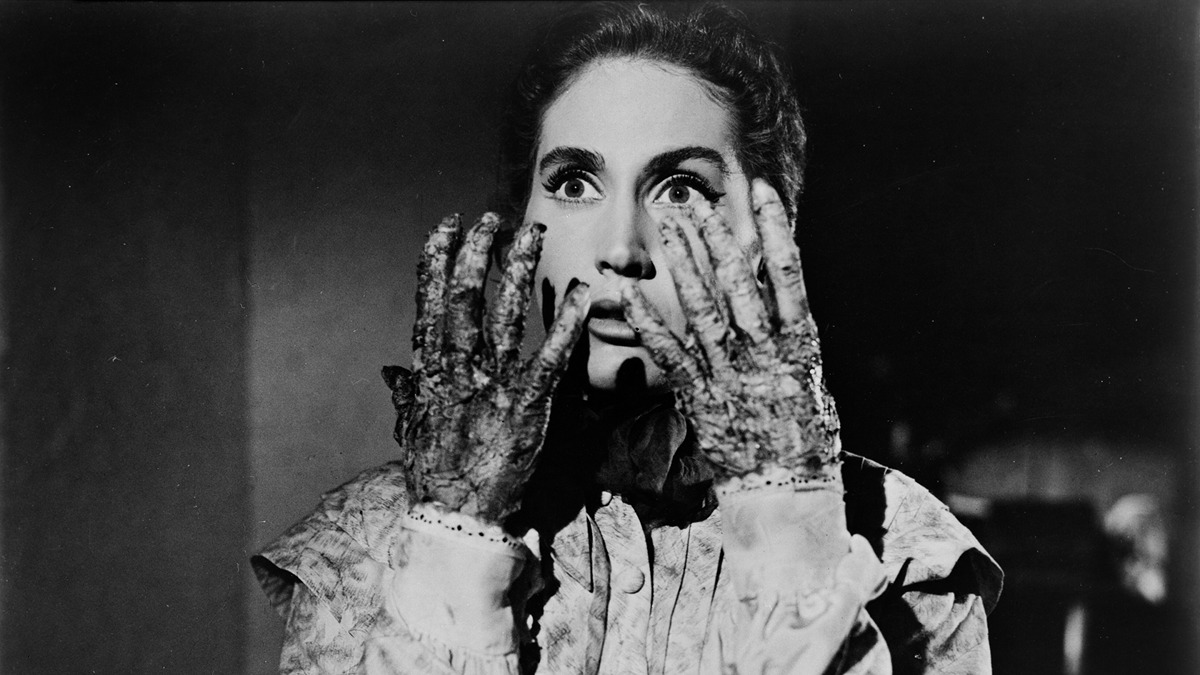
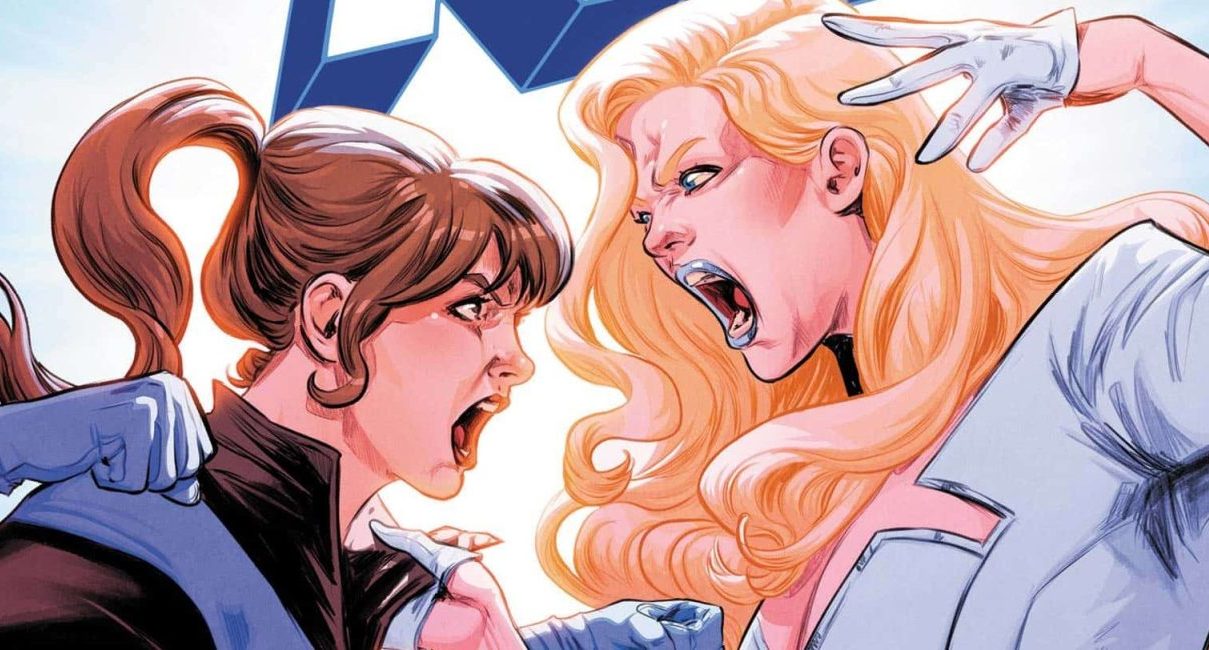
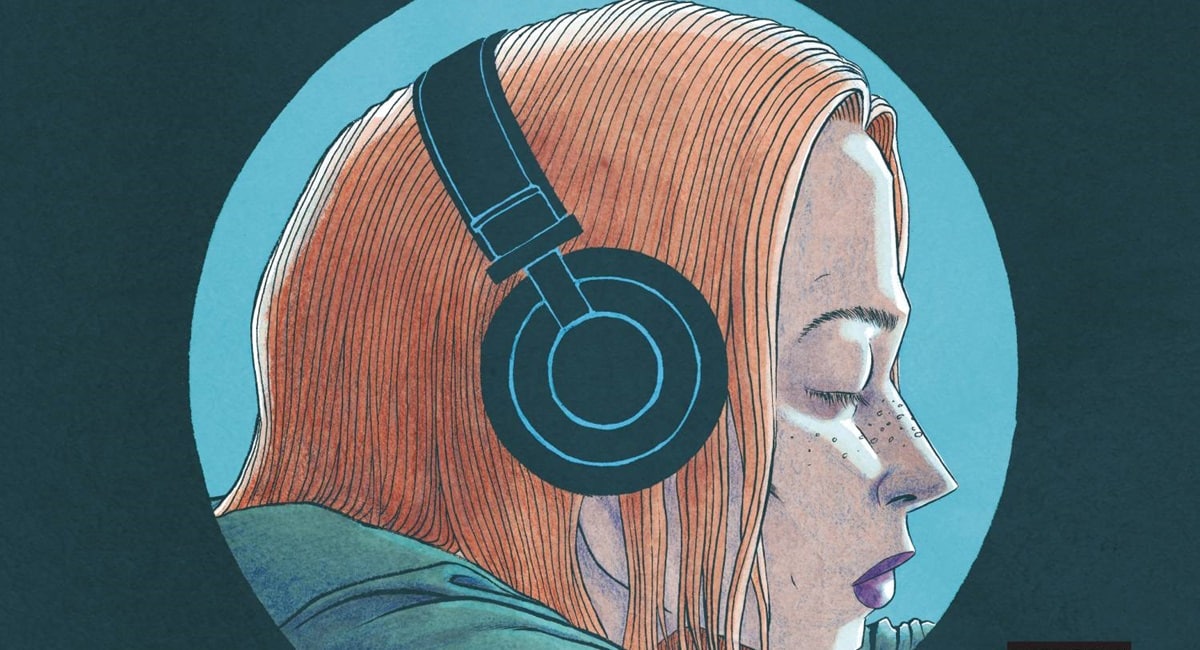
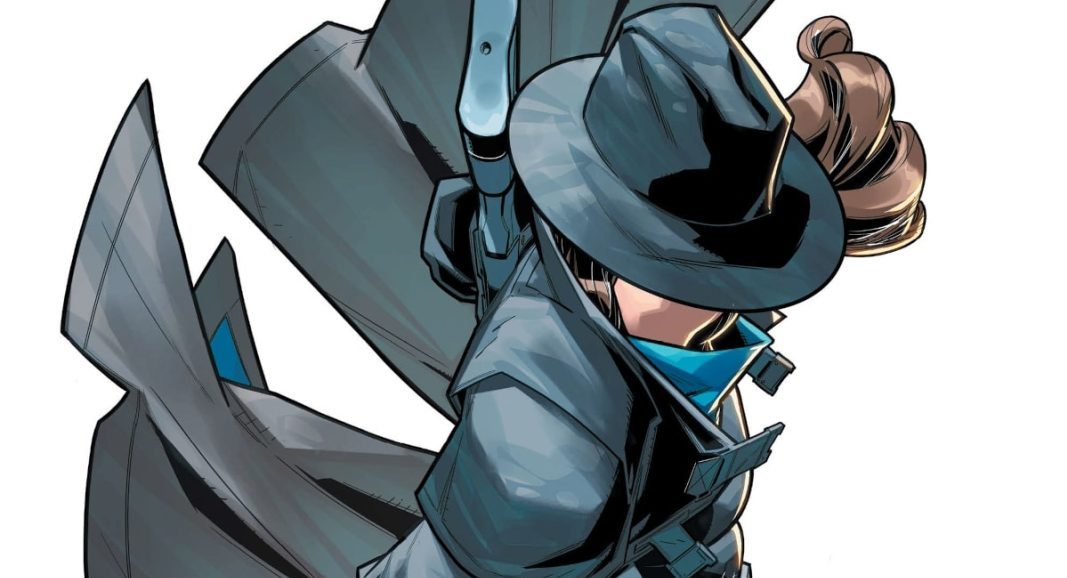
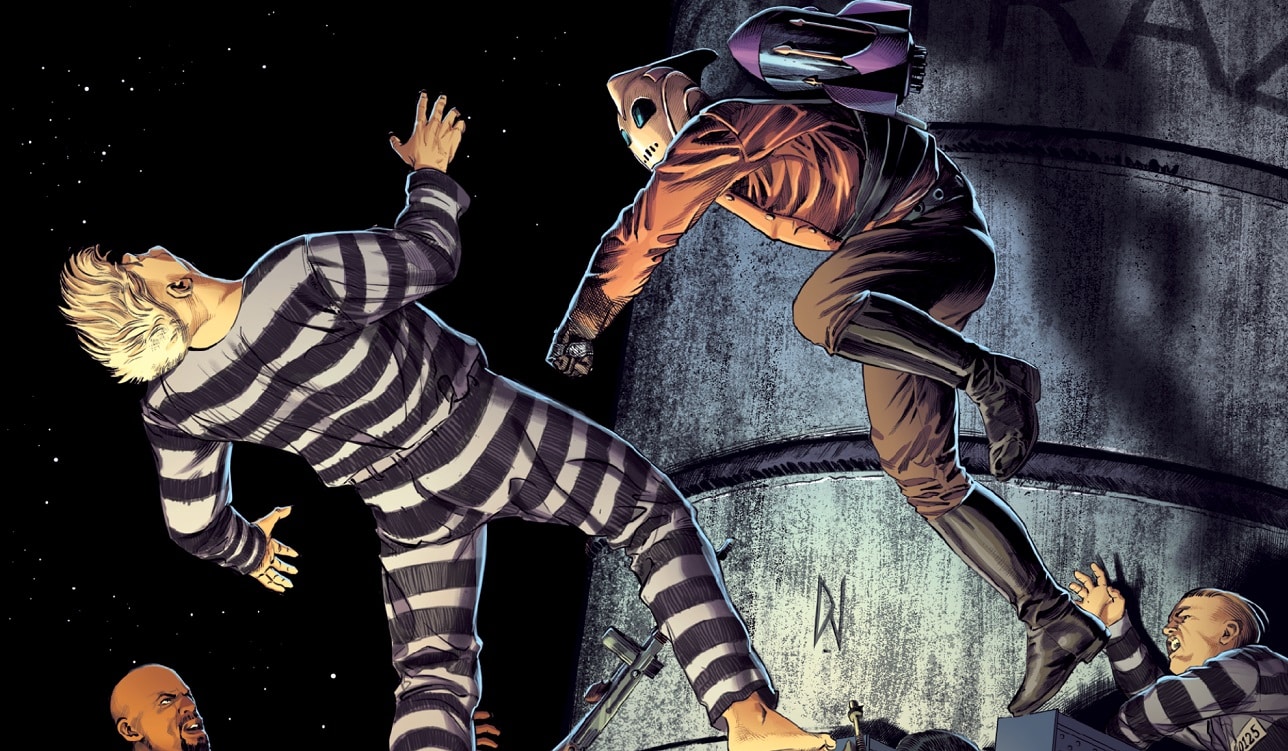












 English (US) ·
English (US) ·